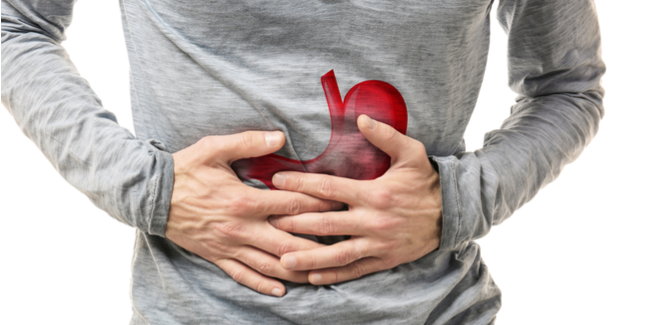# Information Form


What is Gastric cancer?
Although the incidence of gastric cancers has decreased over the years compared to other types of cancer, it remains important in terms of being partially preventable. Especially in the field of gastric cancer, scientific advances have made serious strides to prevent cancer before it occurs.
Early gastric cancer has no associated symptoms. However, some patients with accidental complaints may be diagnosed with early gastric cancer. Gastric cancer is usually insidious. The most common symptom is abdominal discomfort.
Common symptoms are;
Weight loss and abdominal pain
- Anorexia
- Weakness
- Nausea
- Vomiting
- A feeling of bloating in the stomach
There are patients presenting with signs of liver enlargement, accumulation of fluid in the abdomen or jaundice.
Common complaints such as indigestion, bloating, loss of appetite can also be seen in stomach cancer. In cancers that hold the entry of the stomach, difficulty swallowing, and in the cancers that hold the output, vomiting may occur. The stomach should be examined visually by endoscopy for all kinds of digestive problems in an adult because it progresses insidiously without any special symptoms and will reach the advanced stages when it presents.
Gastric Cancer Diagnosis
Upper gastrointestinal endoscopy is the diagnostic method. This method is monitored on the inner surface of the stomach and is diagnosed by biopsy from suspicious areas. The diagnosis rate is over 95%.
Tomography is performed by magnetic resonance imaging and abdominal ultrasonography. Another diagnostic method is laparoscopy (under the general anesthesia, using a light camera to look inside the abdomen).
What are the stages of stomach cancer?
The stages of adenocarcinoma of the stomach or esophagus include:
Stage I. In this stage, the tumor is confined to the tissue layer covering the inner surface of the esophagus or stomach. In the cancer world, it may also spread to nearby lymph nodes in a short time.
- This marriage spread deeper into cancer by growing into a deeper muscle layer of the esophagus or stomach wall. Cancer may be more spread to the lymph node.
Stage III. At this stage, cancer may have grown in all layers of the esophagus or stomach and may spread to nearby structures. Or it may be a smaller cancer that commonly holds lymph nodes.
Stage IV. This stage of cancer has been spread to distant parts of the body.
Types of stomach cancer treatment
The main method of treatment of gastric cancer is the function of a member named gastrectomy, which can be described as a description of the stomach. This operation removes all tumor tissue in the middle and lymph-like tissues if they have spread. The total gastrectomy procedure is called the separation of the stomach, and the removal of 80% is called subtotal gastrectomy. The surgical intervention to be performed depends on factors such as age, health status, stage of the disease, and whether or not it spreads. Entrepreneur to treat some. With this application, it is obtained that discovered highly in cancer diseases that show local spread locally.
Another point that explains stomach cancer and is insignificant is the regulation of nutritional preferences after ingestion. The feeling of satiety after gastrectomy is felt earlier than usual and may result in inadequate calories. After stomach removal, food passes directly from the esophagus to the small intestine, the area currently available. For the construction of problems due to calorie insufficiency, it must be fed at frequent intervals and small portions after the procedure. After gastrectomy operation is taken with food can not absorb iron and vitamin B12. This vitamin may be required along with the injection of these vitamins.






